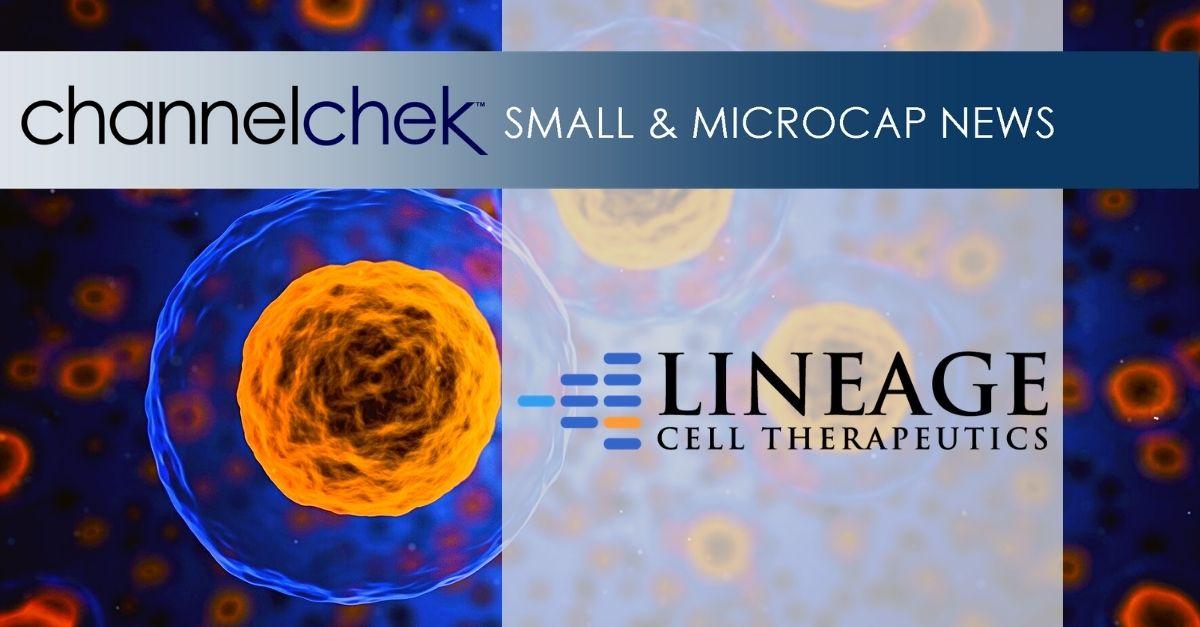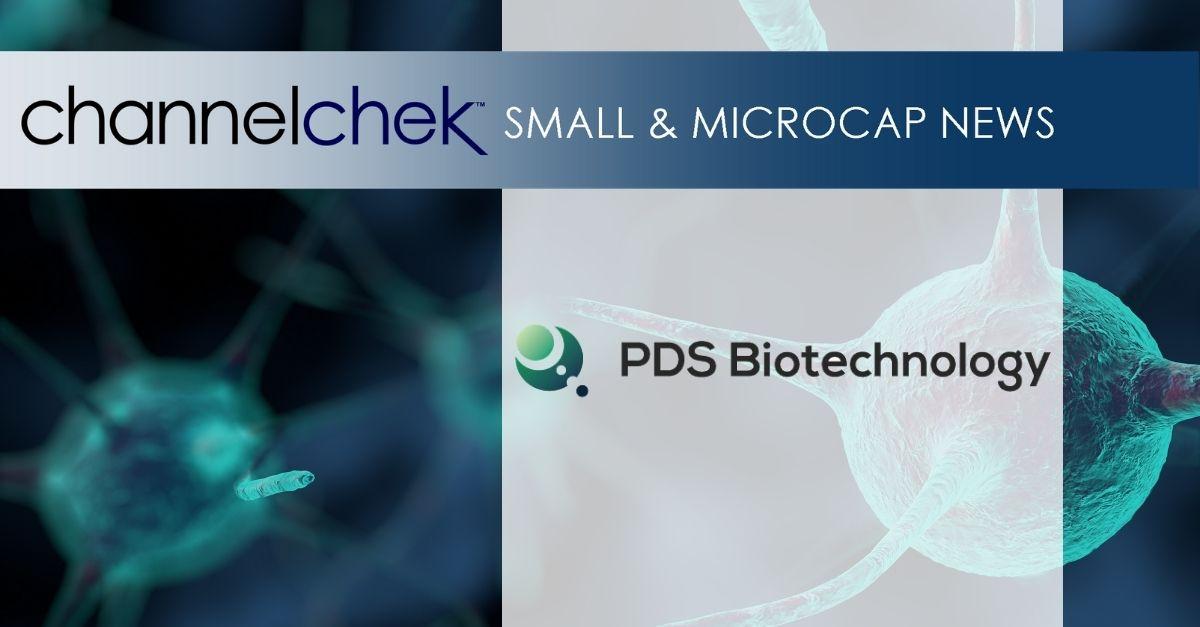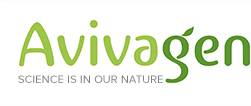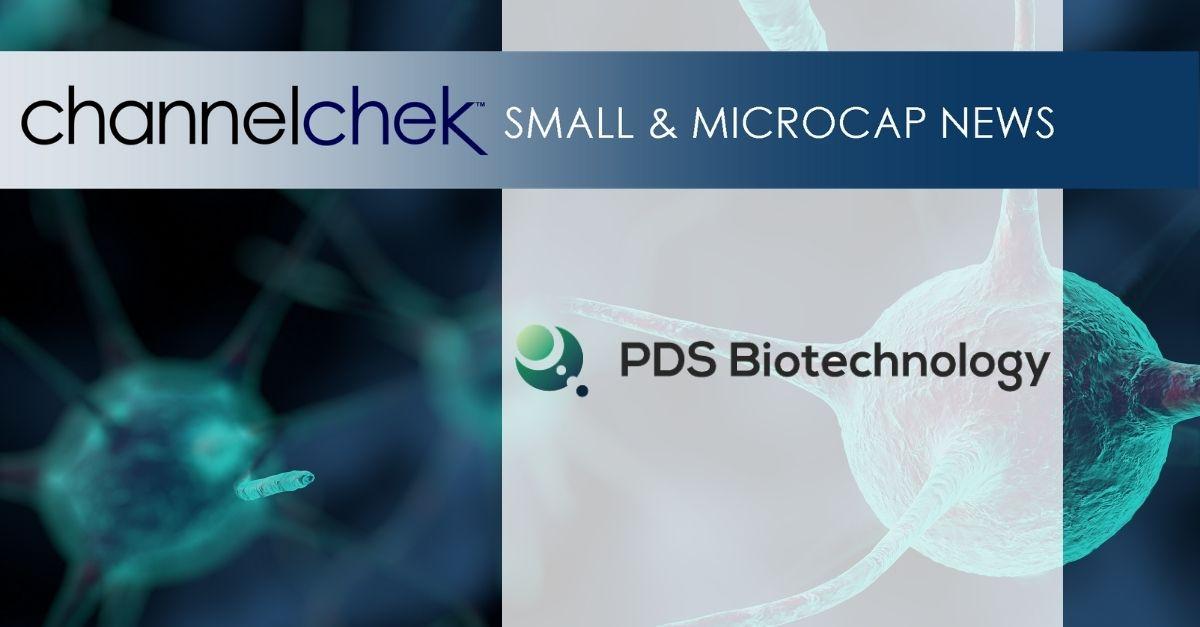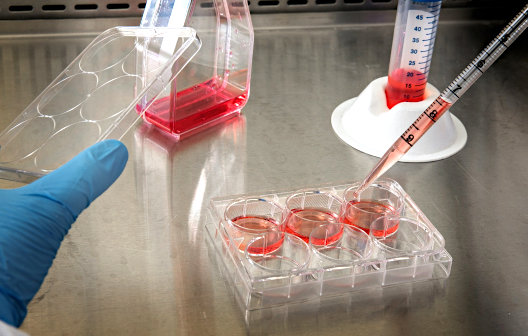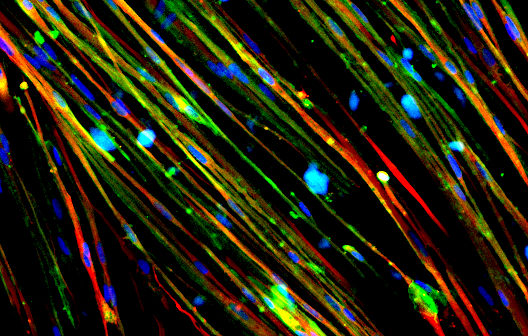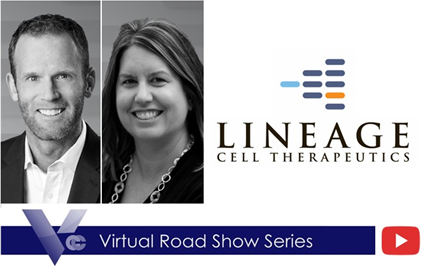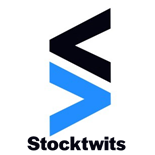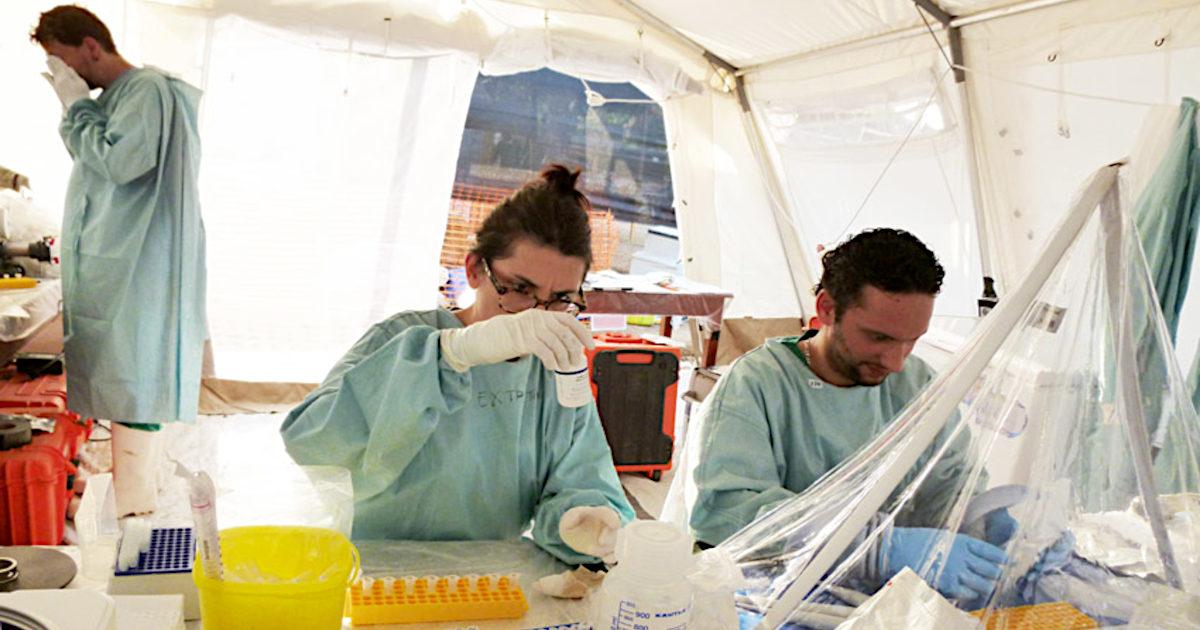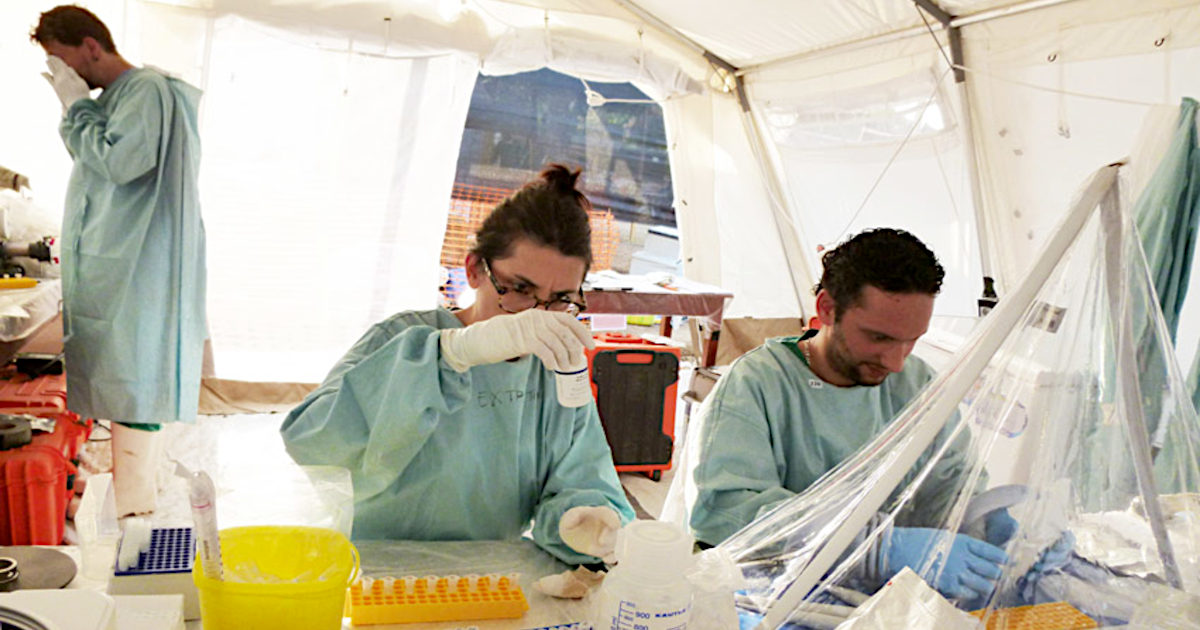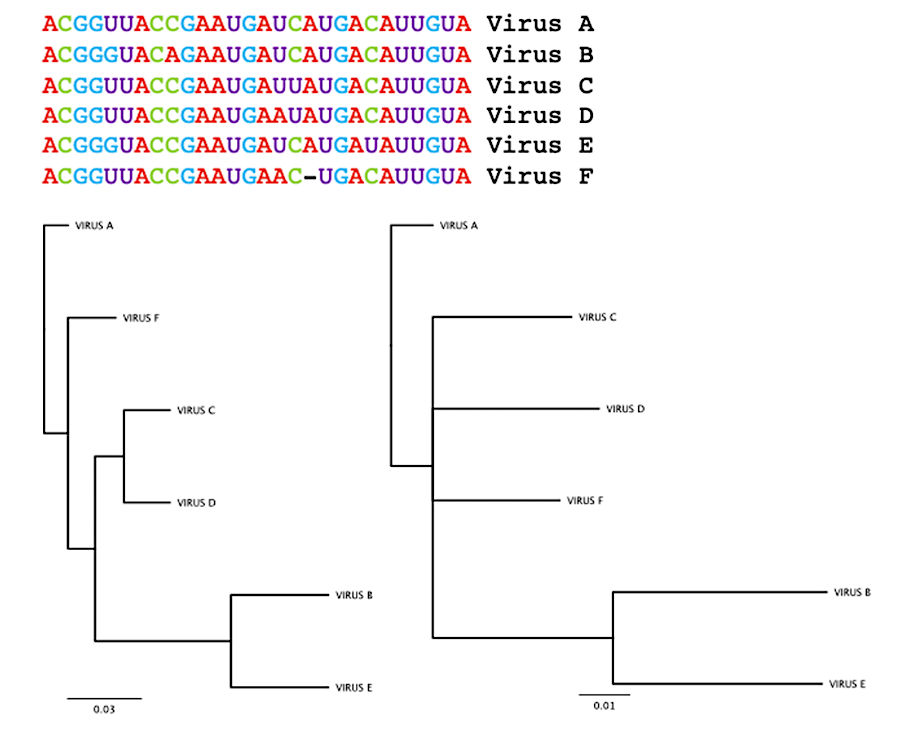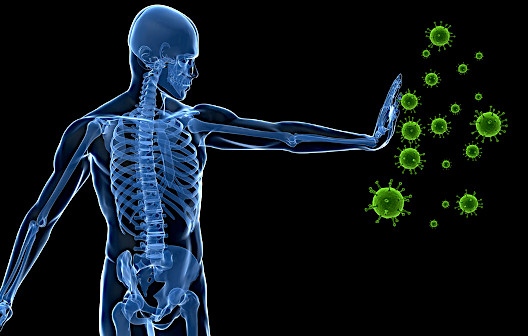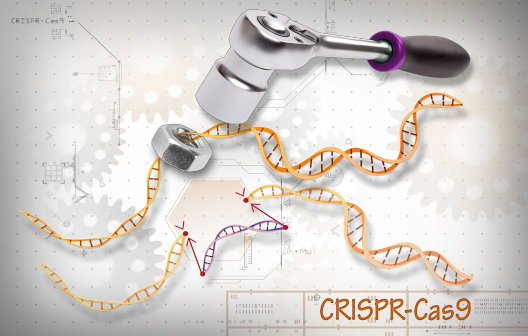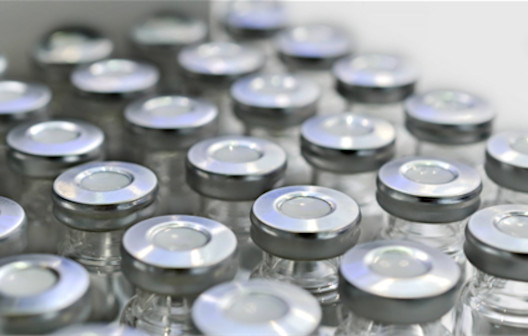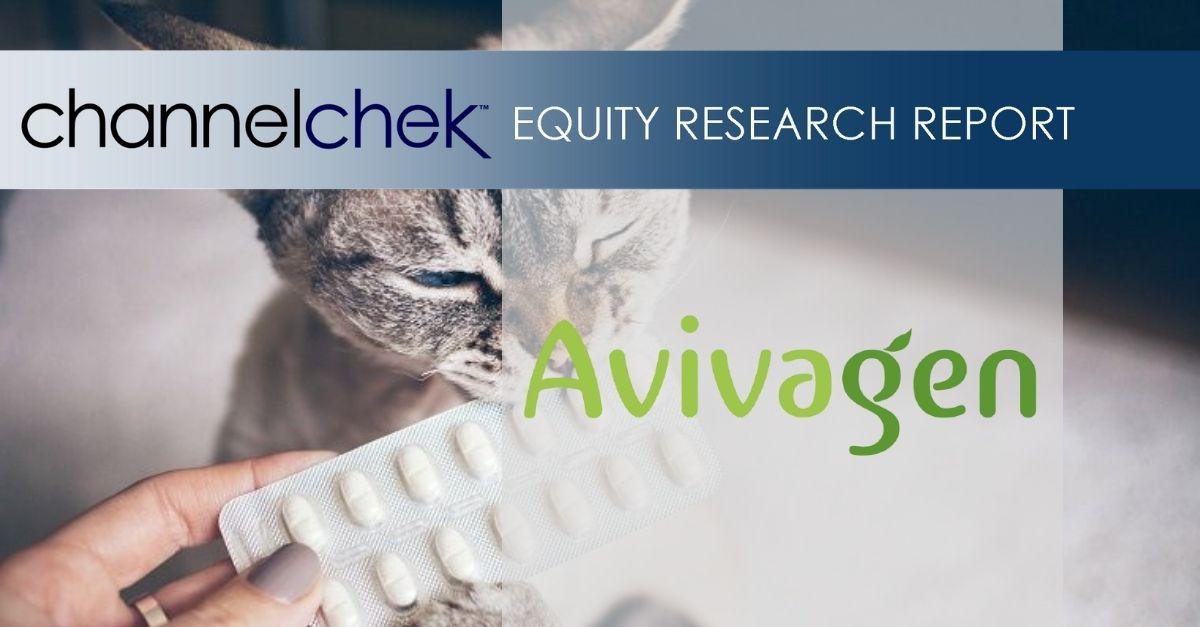
The Anti-Aging and Rejuvenating Properties of Stem Cells
In recent years, biomedical research on topics surrounding longevity and aging has gained a tremendous amount of traction. The biotech industry as well as major pharmaceutical companies, have also jumped onto the bandwagon of discovering ways to alter and reverse the aging process. Currently, the business of anti-aging is valued at about $110 billion and is expected to expand to more than $600 billion within the next four years1. This new obsession with anti-aging is not without good reason; global aging is a concerning phenomenon. The United Nations estimates that by 2050, there will be more than 1.5 billion people aged 65 and over2. As a result, the global incidence and burden of disease of age-related diseases will follow a similar trend. Therefore, the goal of anti-aging research is not solely to extend the human lifespan but to treat or prevent age-related diseases ranging from Alzheimer’s to Parkinson’s to diabetes and cardiovascular diseases, etc.
In order to achieve these goals, many of these biotech companies are leveraging on the regenerative prowess of stem cells
3. This comes as no surprise since human pluripotent stem cells (hPSCs) are unlimited sources of self-renewing cells that can be differentiated into any cell type. This essentially means that large quantities of healthy and young hPSC-derived cells can easily be generated for cell replacement therapy. Also, stem cell-derived exosomes have recently come under the spotlight for their anti-aging properties. In addition, the induced pluripotent stem cells (iPSCs) technology can be leveraged to reverse aging phenotypes in cells. These will be further elaborated on in this article.
Aging and Stem Cells Share an Intimate Relationship
Aging is a complex biological process, but research has pointed to an intimate relationship between aging and stem cells4. Adult stem cells are found in many different organs and tissues, but they are low in numbers. They function to regenerate damaged cells and tissues. However, their regenerative capacity declines with age. This explains why injuries in older individuals take a longer time to heal as compared to a younger person. There are several mechanisms underlying the depreciation of adult stem cell functions5; targeting these mechanisms head-on may be a strategy to enhance the functions of adult stem cells as we age. However, there are other alternative solutions.
Firstly, therapeutics may be designed to enhance the function or proliferation of endogenous (existing) adult stem cells. Secondly, these adult stem cells can be isolated from tissues and expanded in vitro. Although difficult, researchers have been successful in isolating and expanding certain adult stem cells6–8. These expanded cells can subsequently be used for transplantation to enhance cellular repair and tissue regeneration. In Herrera et al.’s (2006) study 6, they were able to isolate adult stem cells from adult human liver and after transplanting these cells into immune-deficient mice, the stem cells were able to regenerate portions of the liver. Thirdly, hPSCs can be differentiated into different types of progenitor cells using well-defined protocols. These hPSC-derived progenitors can then be used for transplantation9. Post-transplantation, these cells contribute to cell repair and regeneration, similar to that of adult stem cells. Recently, a group of researchers from the University of Tehran carefully differentiated hPSCs to cardiovascular progenitors before transplanting them into a rat model of myocardial infarction (heart attack). These progenitor cells significantly improved functionalities of the heart and reduced scar tissue formation in these rats10.
Although more work has to be done on improving the methods of isolating and expanding adult stems in vitro, and differentiating hPSCs to progenitor cells to ensure that the cells are safe and effective for use in transplantation therapies, there is great promise in utilizing these strategies to delay or prevent aging and age-associated diseases.
Exosomes Produced from Stem Cells
Another exciting frontier lies in the anti-aging properties of stem cell-derived exosomes. Studies have shown that exosomes derived from human embryonic stem cells, mesenchymal and stromal stem cells have regenerative capabilities11–13. Exosomes are nano-sized, membrane-bound, extra-cellular particles secreted by cells. They contain various biological materials such as nucleic acids, proteins, metabolites, and function to facilitate cell-cell communication. While the underlying mechanisms as to how exosomes promote regeneration remains to be fully elucidated, it is likely that the amalgamation of inflammatory signals, growth factors, microRNAs, long non-coding RNAs, enzymes, and proteins found in exosomes promotes and reversal of cellular senescence, thus contributing to its anti-aging properties11. Stem cell-derived exosomes are currently being explored as a therapeutic option for age-related musculoskeletal disorders14. Although research on exosomes is still in the early phases, exploitation of its anti-aging effects might potentially be a safe and effective anti-aging therapeutic strategy.

Stem Cell Technology Can Rejuvenate Old Cells
Yamanaka and colleagues’ Nobel prize-winning discovery of iPSCs revolutionized stem cell research15,16. By simply introducing key transcription factors into adult cells, they can be reprogrammed back into a pluripotent state (‘infancy’). This process is known as cellular reprogramming, and the transcription factors are collectively referred to as ‘Yamanaka factors’. Recently, researchers from Stanford University were able to exploit this cellular reprogramming technology to rejuvenate old human cells17. By introducing several factors (including Yamanaka factors) transiently into old human cells, they were able to rewind these cells to a ‘youthful’ state, while preserving the cellular identities of cells. After further analysis, these rejuvenated cells were found to be more similar to younger cells than elderly cells.
As a proof of concept, the researchers then went on to introduce the same set of factors into aged mouse-derived skeletal muscle stem cells (MuSC) and transplanted them into the muscles of aged mice. Post-transplantation, these rejuvenated MuSCs were able to restore muscle functionality of old mice to a younger state. This remarkable study has illustrated that stem cell technology has great potential in reversing aging in cells to obtain ‘youthful’ cells and these cells could be used in cell transplantation therapies to treat age-related conditions.
In the Coming Years
Experts agree that stem cell science holds answers to human longevity and has great potential in treating and preventing age-related diseases18. Numerous stakeholders in the biomedical industry have invested interests in tapping on stem cells to realize these goals. In the coming years, we will be expecting more research efforts dedicated towards a deeper level of understanding, as well as further optimization of stem cell-based interventions for aging. Companies involved in utilizing this science are worth researching and learning about while this segment of biotech is yet to approach potential.
About the Author: Nicole Pek is a stem cell biologist and enthusiastic science communicator.
She has worked on using human pluripotent stem cells to study cellular
development in multiple organ systems, to model complex human diseases, and
screen for therapeutics that could treat the diseases. Outside of the lab,
Nicole plays a pro-active role in communicating to the public through her
science blog ‘Two Cells’ and her education podcast ‘The Diploid Duo’.
Suggested Content:
References
1. Grover, N. Healthier, longer lifespans will be a reality sooner than you think, Juvenescence promises as it closes $100M round. Endpoints News https://endpts.com/healthier-longer-lifespans-will-be-a-reality-sooner-than-you-think-juvenescence-promises-as-it-closes-100m-round/.
2. World Population Ageing 2019 Highlights.
3. Jefferson, R. S. ‘Extraordinary’ Breakthroughs In Anti-Aging Research ‘Will Happen Faster Than People Think’. Forbes https://www.forbes.com/sites/robinseatonjefferson/2019/08/26/how-extraordinary-breakthroughs-in-anti-aging-research-will-happen-faster-than-people-think/.
4. Ullah, M. & Sun, Z. Stem cells and anti-aging genes: double-edged sword—do the same job of life extension. Stem Cell Res Ther 9, (2018).
5. Ahmed, A. S. I., Sheng, M. H., Wasnik, S., Baylink, D. J. & Lau, K.-H. W. Effect of aging on stem cells. World J Exp Med 7, 1–10 (2017).
6. Herrera, M. B. et al. Isolation and characterization of a stem cell population from adult human liver. Stem Cells 24, 2840–2850 (2006).
7. Messina, E. et al. Isolation and Expansion of Adult Cardiac Stem Cells From Human and Murine Heart. Circulation Research 95, 911–921 (2004).
8. Mantovani, C., Terenghi, G. & Shawcross, S. G. Isolation of adult stem cells and their differentiation to Schwann cells. Methods Mol Biol 916, 47–57 (2012).
9. Thies, R. S. & Murry, C. E. The advancement of human pluripotent stem cell-derived therapies into the clinic. Development 142, 3077–3084 (2015).
10. Vahdat, S. et al. Expansion of Human Pluripotent Stem Cell-derived Early Cardiovascular Progenitor Cells by a Cocktail of Signaling Factors. Sci Rep
9, 16006 (2019).
11. Ha, D. H. et al. Mesenchymal Stem/Stromal Cell-Derived Exosomes for Immunomodulatory Therapeutics and Skin Regeneration. Cells 9, (2020).
12. Chen, B. et al. Human embryonic stem cell-derived exosomes promote pressure ulcer healing in aged mice by rejuvenating senescent endothelial cells. Stem
Cell Research & Therapy 10, 142 (2019).
13. Newton, W. C., Kim, J. W., Luo, J. Z. Q. & Luo, L. Stem cell-derived exosomes: a novel vector for tissue repair and diabetic therapy. Journal of Molecular
Endocrinology 59, R155–R165 (2017).
14. Yao, X.
et al. Stem cell derived exosomes: microRNA therapy for age-related musculoskeletal disorders. Biomaterials 224, 119492 (2019).
15. Takahashi, K. & Yamanaka, S. Induction of pluripotent stem cells from mouse embryonic and adult fibroblast cultures by defined factors. Cell 126, 663–676 (2006).
16. Takahashi, K. et al. Induction of pluripotent stem cells from adult human fibroblasts by defined factors. Cell 131, 861–872 (2007).
17. Sarkar, T. J. et al. Transient non-integrative expression of nuclear reprogramming factors promotes multifaceted amelioration of aging in human cells. Nat Commun 11, (2020).
18. Stem Cells and Aging: What’s Next? Cell Stem Cell 16, 578–581 (2015).
Stay up to date. Follow us:
Stay up to date. Follow us:

